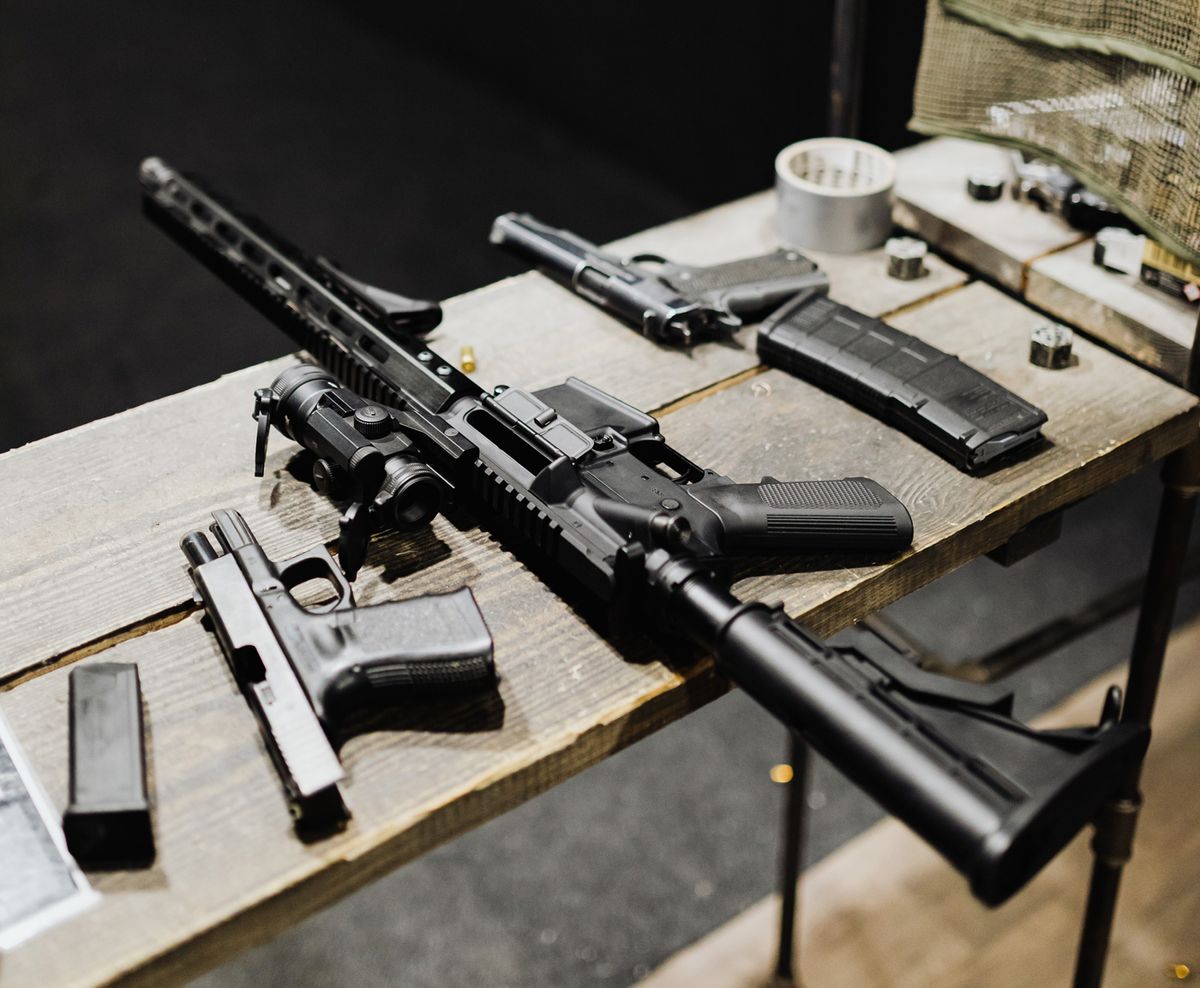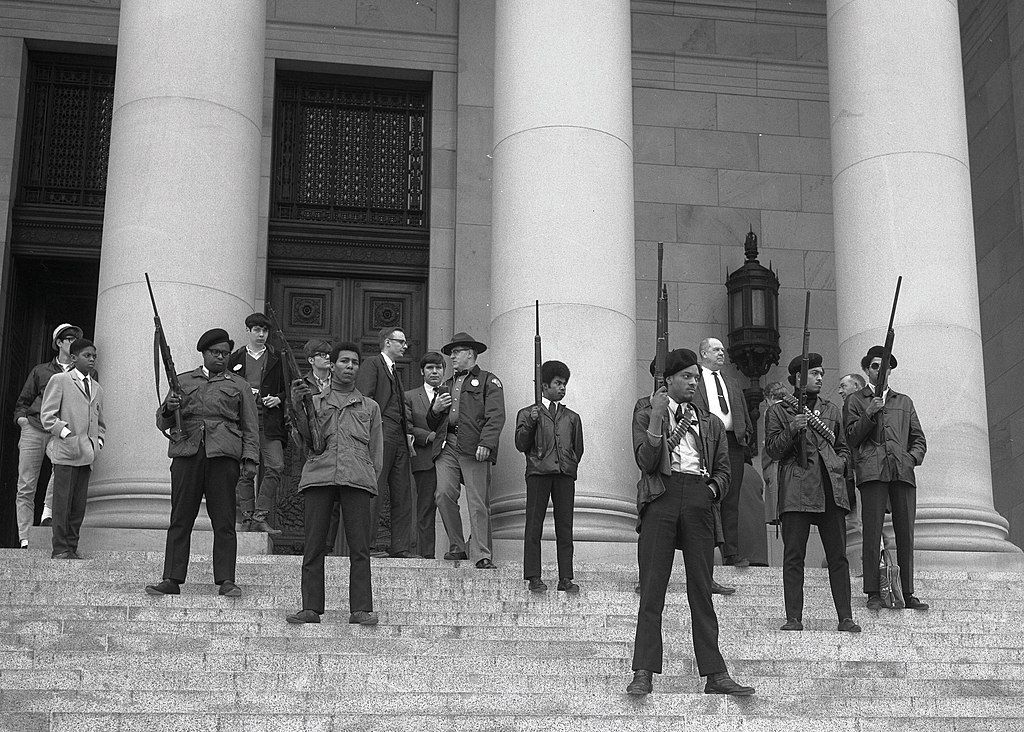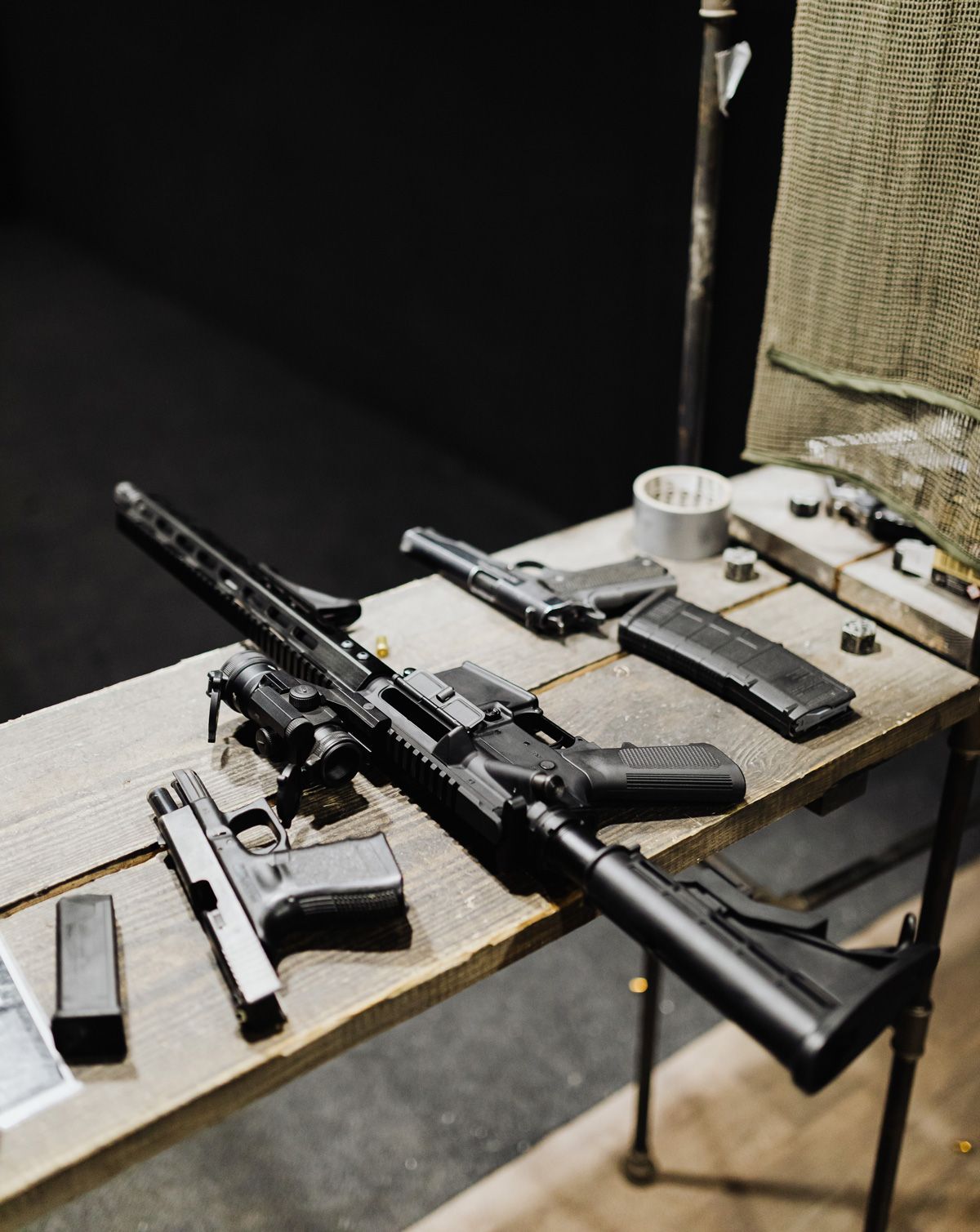Gun Violence in America, the NRA, and Racism
|
Older messages
Pulse: Six Years Later
Sunday, June 12, 2022
June 12 marks the sixth anniversary of the night hate came to Orlando and murdered forty-nine people out for a night of fun. June 12, 2022, marks the sixth anniversary of the Pulse nightclub massacre.
Speaking in a New Tongue
Friday, June 10, 2022
VOLUME 4 NUMBER 24: Stephen Matlock presents a path to peace and safety to all; Clay Rivers tells why “LGBTQ Christian” is not a contradiction in terms; and the OHF Weekly Editors announce a sweeping
You’re Invited . . . to Our Updated Website!
Thursday, June 9, 2022
We are excited to announce that OHFWeekly.org has had a little work done, and we think it's beautiful! Don't you agree? OHF WEEKLY You're Invited . . . to Our Updated Website! By OHF Weekly
Write with Us
Sunday, June 5, 2022
Our mission is to unite the world by dispelling the lie of race and the practice of racism and replacing them with the truth of love and racial equity. OHF WEEKLY Write with Us By OHF Weekly Editors –
Uvalde: Killing in the Classroom
Saturday, June 4, 2022
VOL 4 NO 23: Another mass shooting, this one at Robb Elementary. Why? James Finn on the love, esteem, activism, and joy of Pride; Sherry Kappel on the goal of parenthood for LGBT couples. OHF WEEKLY
You Might Also Like
Dandori Time!
Saturday, January 11, 2025
Lessons from a video game ͏ ͏ ͏ ͏ ͏ ͏ ͏ ͏ ͏ ͏ ͏ ͏ ͏ ͏ ͏ ͏ ͏ ͏ ͏ ͏ ͏ ͏ ͏ ͏ ͏ ͏ ͏ ͏ ͏ ͏ ͏ ͏ ͏ ͏ ͏ ͏ ͏ ͏ ͏ ͏ ͏ ͏ ͏ ͏ ͏ ͏ ͏ ͏ ͏ ͏ ͏ ͏ ͏ ͏ ͏ ͏ ͏ ͏ ͏ ͏ ͏ ͏ ͏ ͏ ͏ ͏ ͏ ͏ ͏ ͏ ͏ ͏ ͏ ͏ ͏ ͏ ͏ ͏ ͏ ͏ ͏ ͏ ͏ ͏ ͏ ͏ ͏ ͏
“Winter Night” by Amos Wilder
Saturday, January 11, 2025
O magical the winter night! Illusory this stretch / Of unimaginable grays January 11, 2025 donate Winter Night Amos Wilder O magical the winter night! Illusory this stretch Of unimaginable grays; so
Anne Hathaway Just Shut It Down In A Princess-Like Oscar de la Renta Gown
Saturday, January 11, 2025
She's sure to start a trend. The Zoe Report Daily The Zoe Report 1.10.2025 Anne Hathaway Just Shut It Down In A Princess-Like Oscar de la Renta Gown (Celebrity) Anne Hathaway Just Shut It Down In A
The Difference Between Cleaning, Disinfecting, and Sanitizing
Friday, January 10, 2025
The Best Products We Saw at CES 2025 Cleaning doesn't necessarily sanitize, and sanitizing doesn't necessarily disinfect. Here's the difference and when you need each. Not displaying
Anne Hathaway's Liquid Gold Ball Gown Was So 'Princess Diaries'-Coded
Friday, January 10, 2025
Plus, the reason celebrities' hair looks so good, Dua Lipa's most revealing looks, your daily horoscope, and more. Jan. 10, 2025 Bustle Daily The real reason celebs have such good hair. BEAUTY
Aunjanue Ellis-Taylor Is Right Where She Belongs
Friday, January 10, 2025
Today in style, self, culture, and power. The Cut January 10, 2025 ENCOUNTER Aunjanue Ellis-Taylor Is Right Where She Belongs The southern-raised Nickel Boys actor has carved a Hollywood niche of her
New Gains with Muscle After 40 💪
Friday, January 10, 2025
Build Muscle At Age 40+ With Our Best Selling Program Men's Health Shop logo Build a Stronger, Fitter Body in Your 40s and Beyond. Build a Stronger, Fitter Body in Your 40s and Beyond. View in
Eater staff's favorite single-use kitchen tools
Friday, January 10, 2025
LA restaurants offering free meals during the wildfires
Moisturize and Revitalize: Hair, Bath Products, and Foundations for Winter
Friday, January 10, 2025
And backless bras and pasties for every size. The Cut Shop January 10, 2025 Every product is independently selected by our editors. Things you buy through our links may earn us a commission. Photo-
Ariana Grande Has Been Changed For Good
Friday, January 10, 2025
Plus: Cynthia Erivo is imminently closer to EGOT status. • Jan. 10, 2025 Up Next Your complete guide to industry-shaping entertainment news, exclusive interviews with A-list celebs, and what you should


